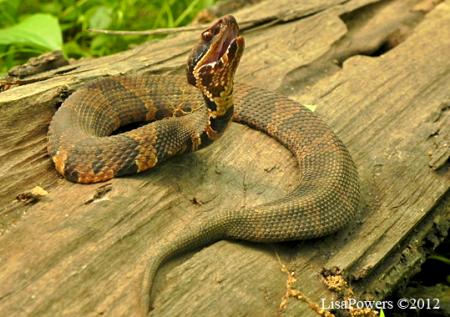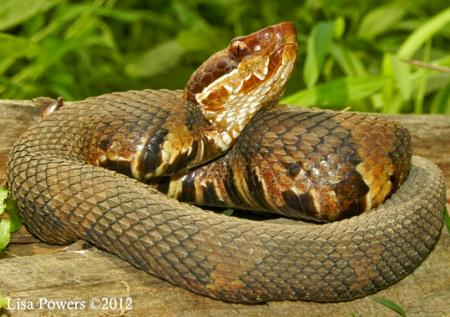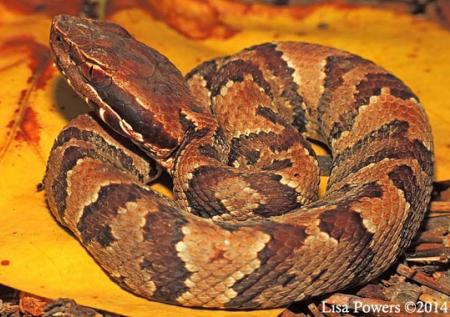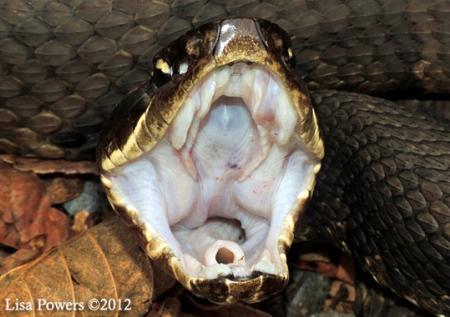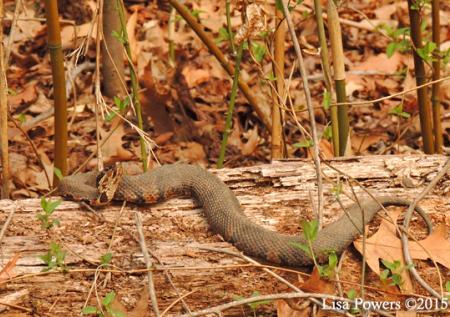Western Cottonmouth (Agkistrodon piscivorus)
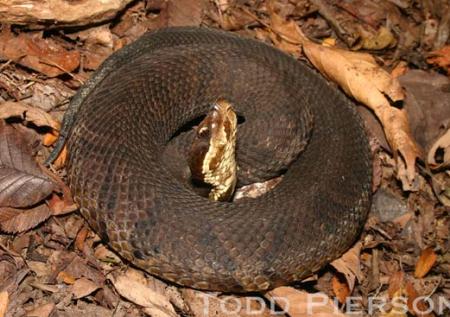
Click a thumbnail below to view the larger image:

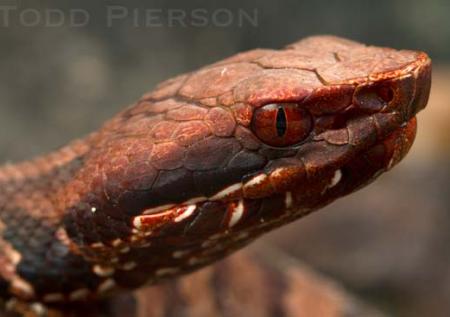
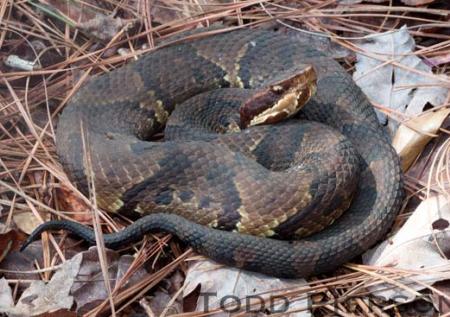
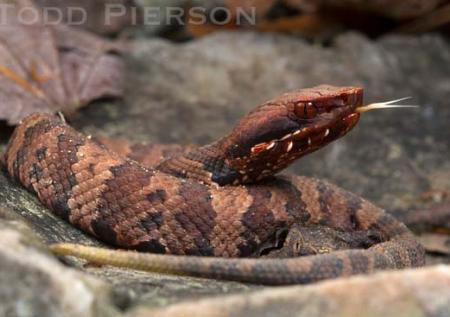
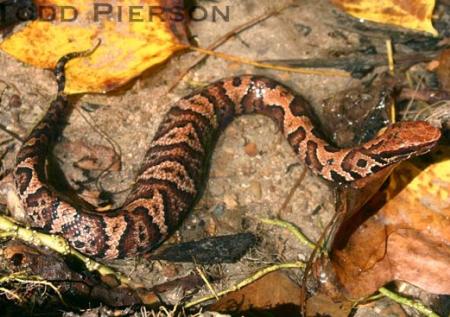
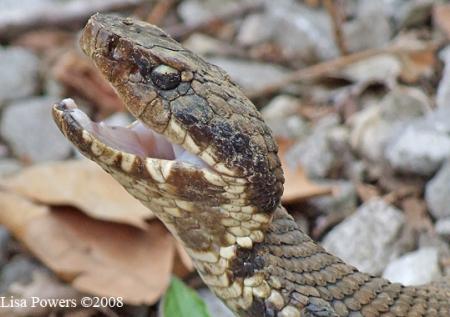
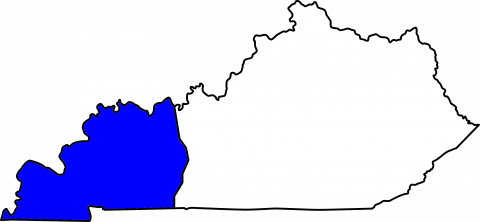
Have you seen a Western Cottonmouth?
Click the Report Snake button below to reporting seeing a Western Cottonmouth.
Report Snake SightingAppearance
Cottonmouths are stocky snakes, with a dark brown to black back. In some individuals, dark crossbands on the back overlay a brown background. The belly is patterned with irregular shaped brown and yellow blotches. Baby Cottonmouths are lighter in color than adults and the dark crossbands are quite prominent. Babies also have a yellow or green tail tip, similar to a neonate Copperhead. Cottonmouths have a single anal plate, keeled scales, and facial pits.
Size
A typical sized Cottonmouth reaches 3 feet in total length. Some individuals in Kentucky may approach 4 feet in total length.
Habitat/Range
Cottonmouths are limited to the Jackson Purchase and parts of the Western Coalfields. They inhabit swamps, wetlands, lakes and floodplains during the warmer months. During spring and fall, they are often found in upland habitat far from aquatic habitats. These individuals move to or from hibernating spots, which include rocky outcrops, stump holes and animal burrows.
Natural History
Cottonmouths mate in the spring and females give birth to live young (known as viviparity) in late summer. They eat fish, amphibians, reptiles (especially snakes), birds and small mammals. Cottonmouths are venomous; prey is injected with venom and held until they become immobile. Kingsnakes and larger Cottonmouths are their primary predators.
Notes/Miscellaneous
Cottonmouths are limited to western Kentucky. No verified Cottonmouth records occur in and around Lexington, Richmond and throughout central and eastern Kentucky. Watersnakes and Cottonmouths can be differentiated through behavior. Cottonmouths almost always swim with their heads sticking out of water, whereas watersnakes swim with their heads at the water surface. Additionally, Cottonmouths often vibrate their tails when aggravated; Watersnakes never vibrate their tails. Finally, Cottonmouths are named for the “open-mouth” defensive gape they give when approached, which shows the white lining of their mouth. Watersnakes rarely gape. If bitten by a Cottonmouth or any venomous snake in Kentucky, seek medical treatment immediately. Cottonmouths are considered a “Species of Greatest Conservation Need” by Kentucky Department of Fish and Wildlife Resources.
Supplemental Images

